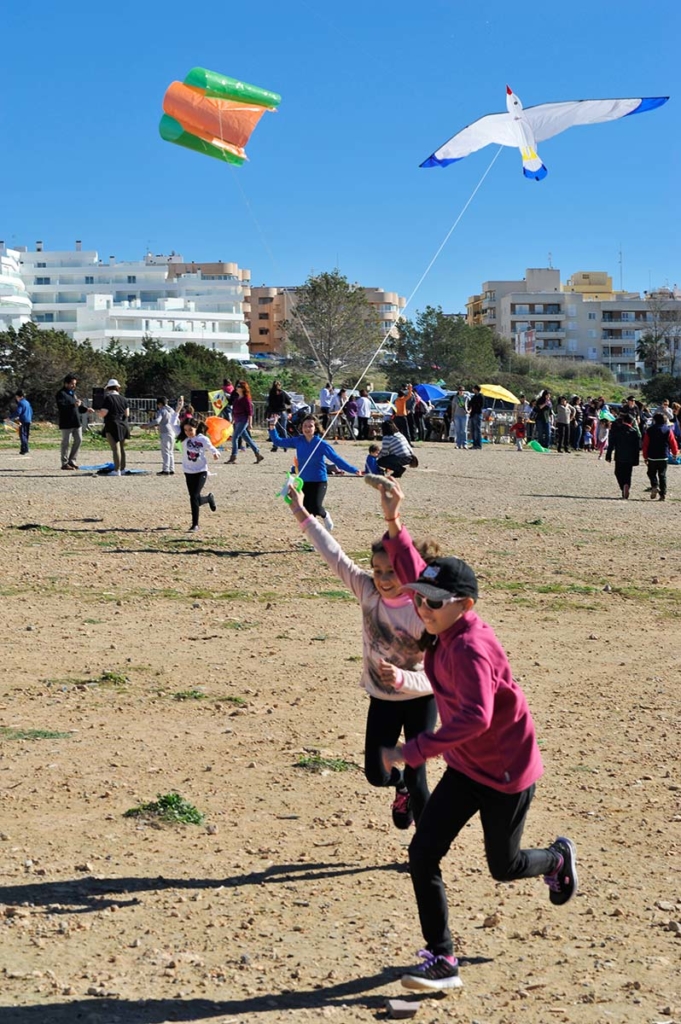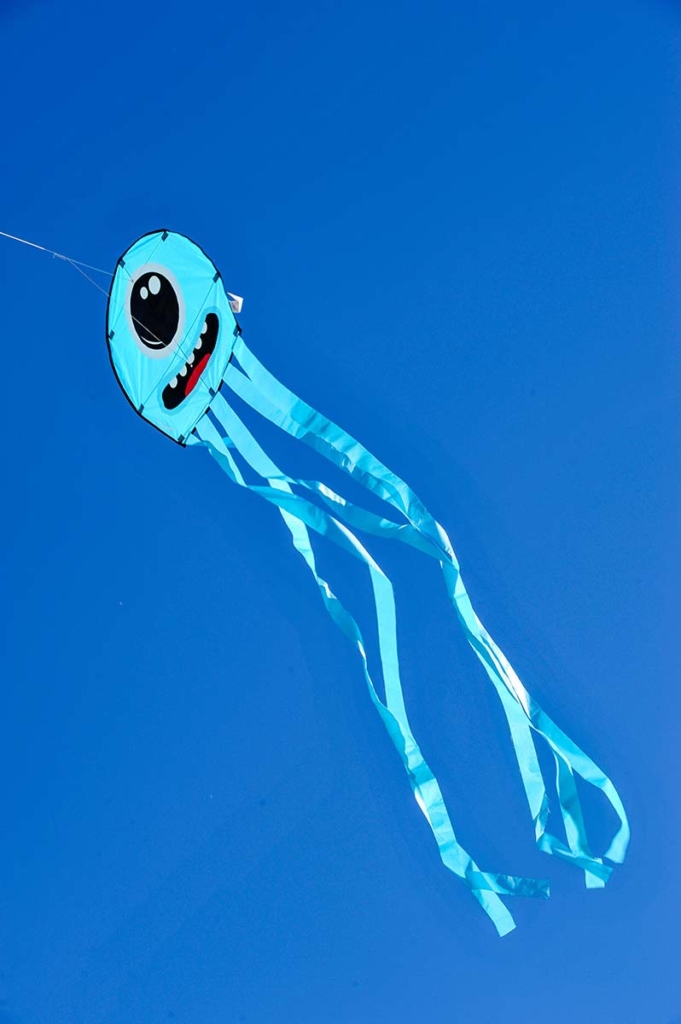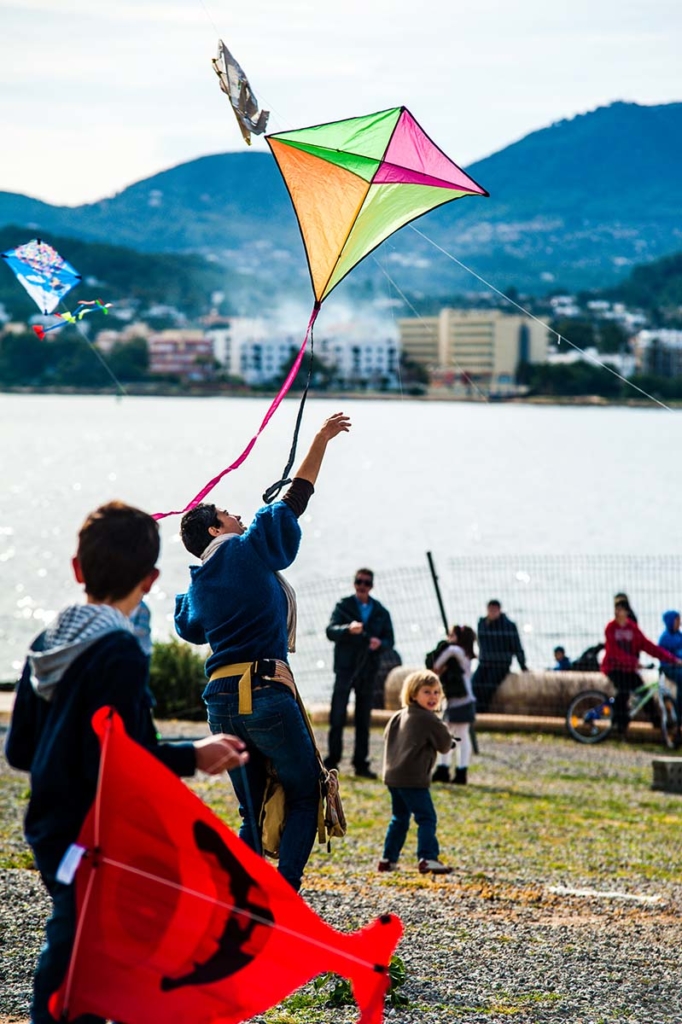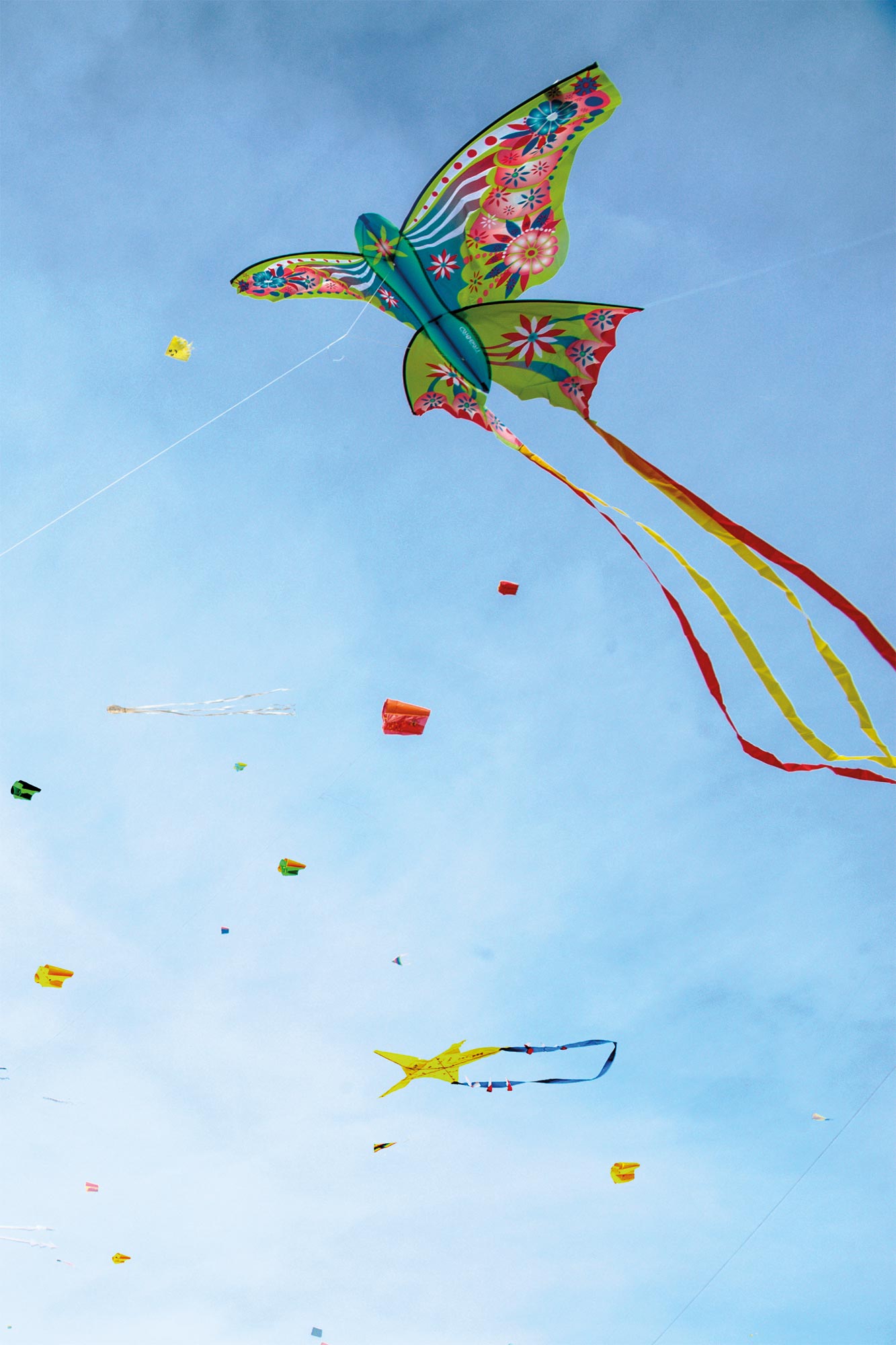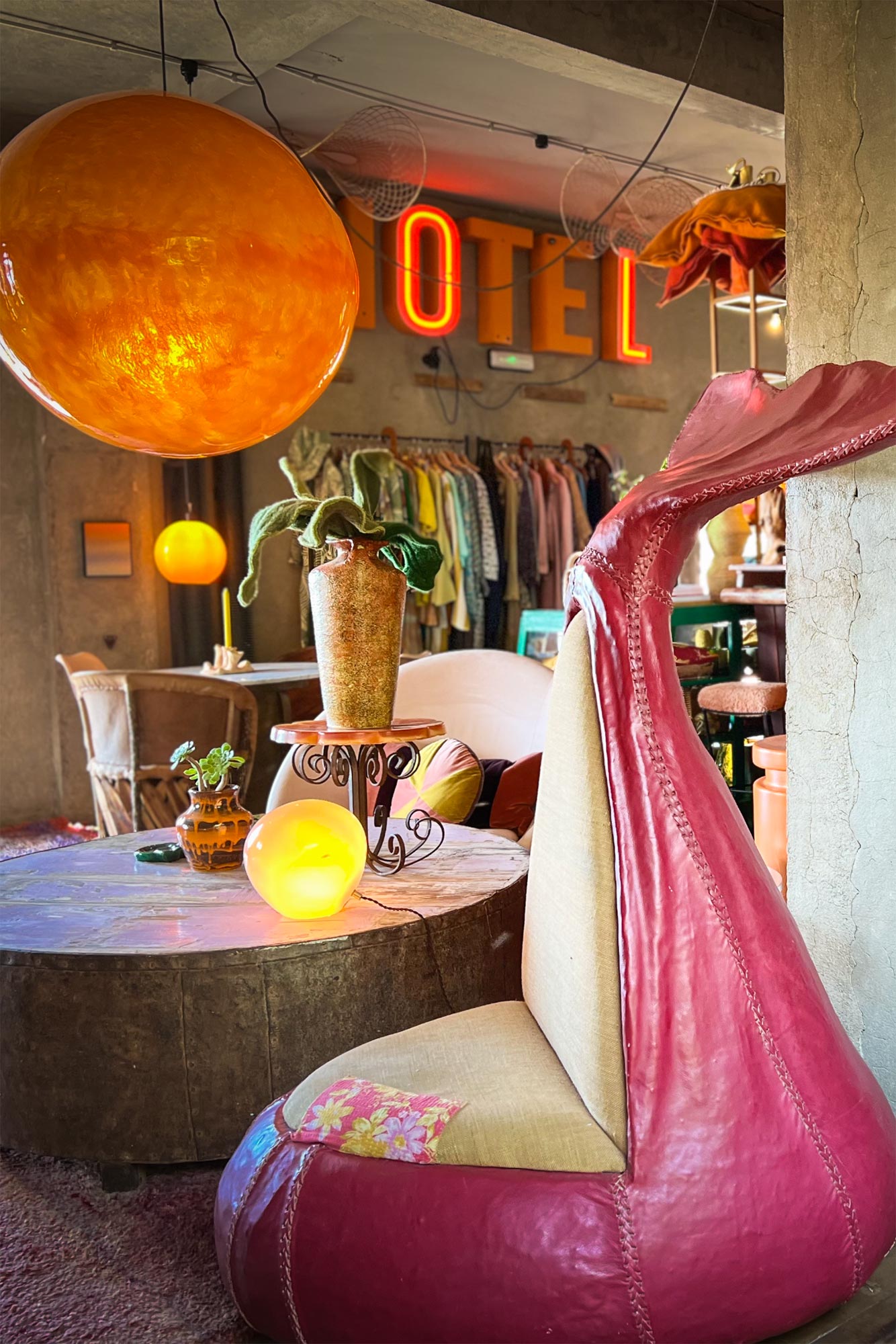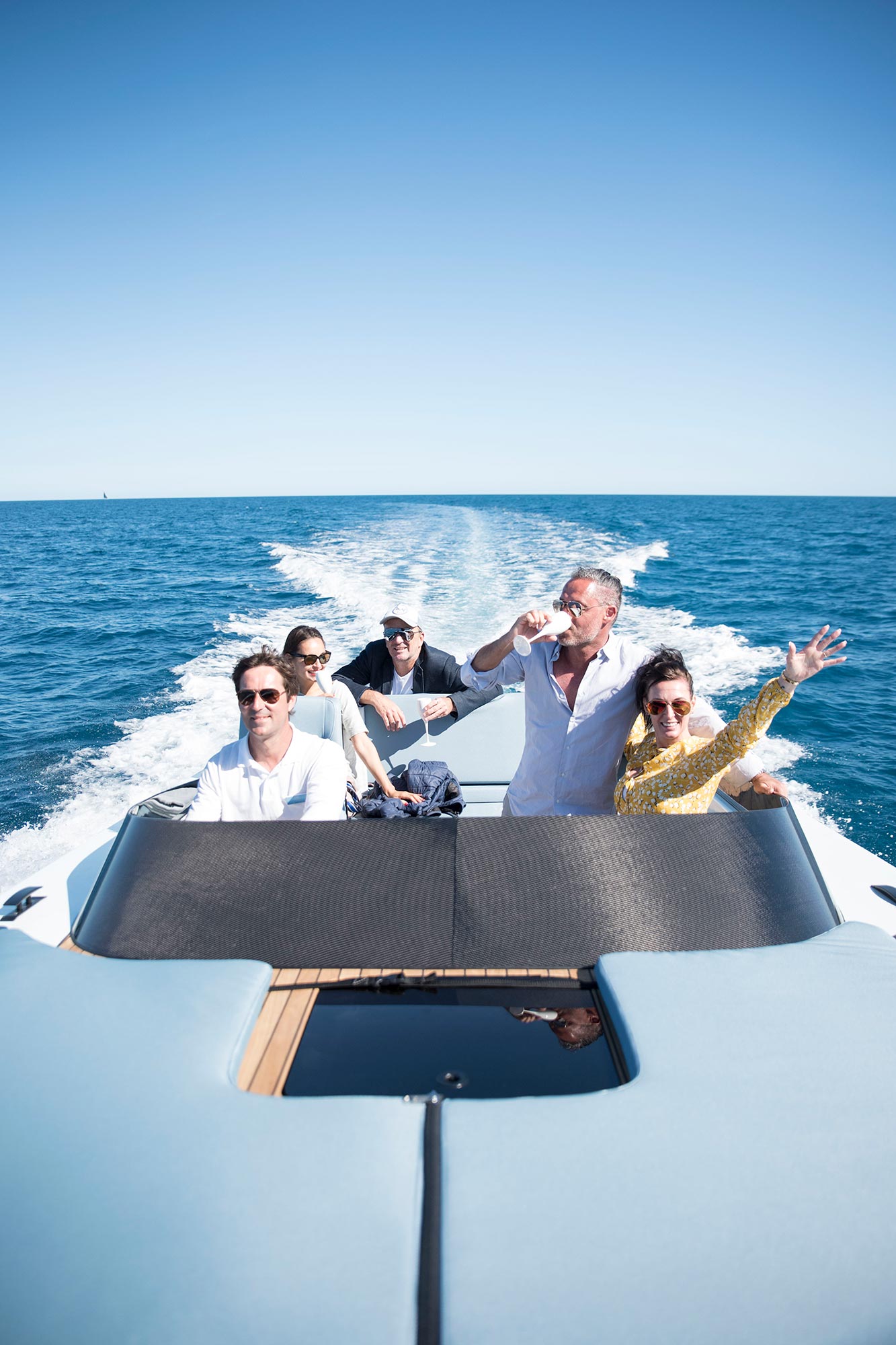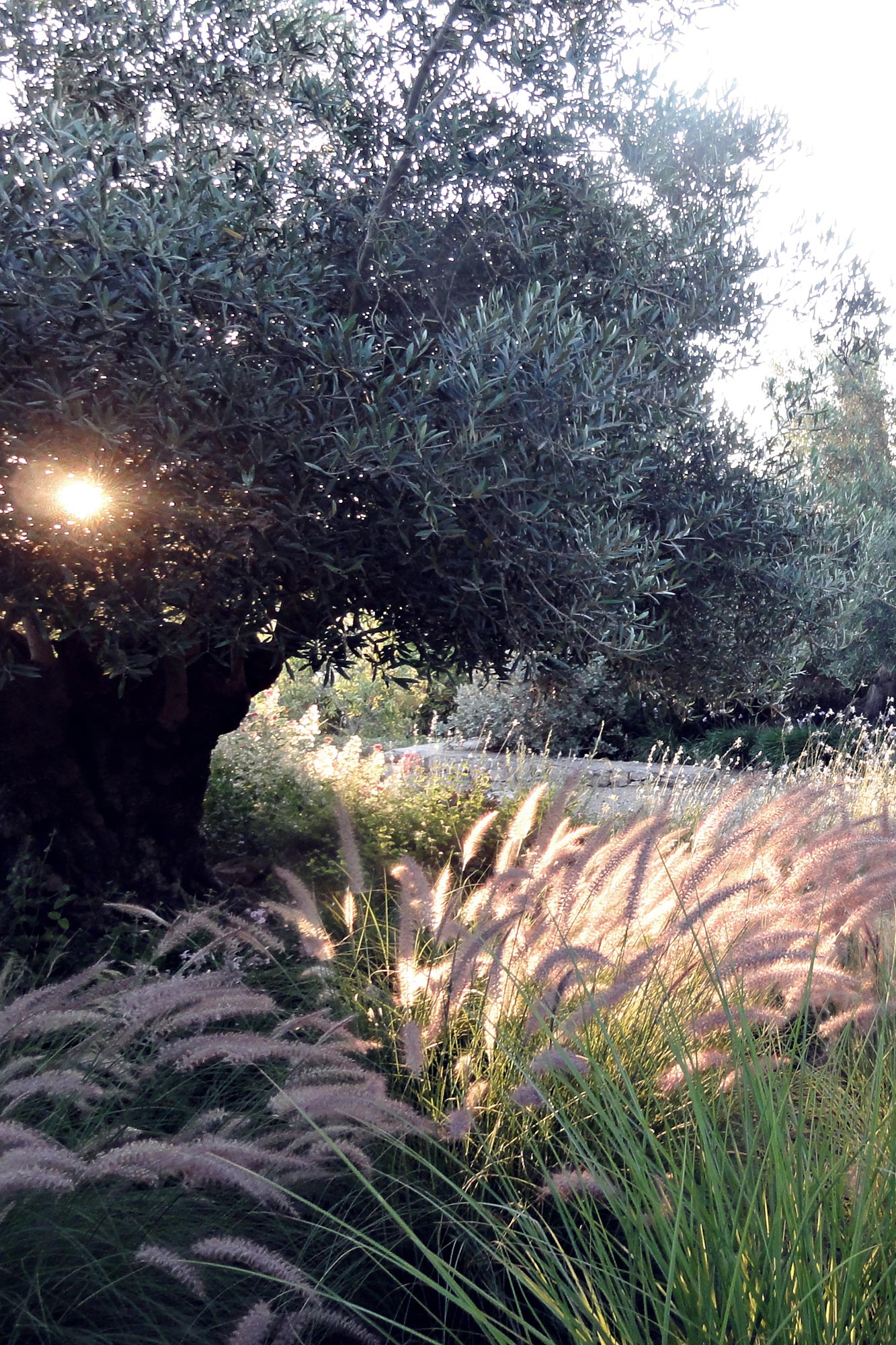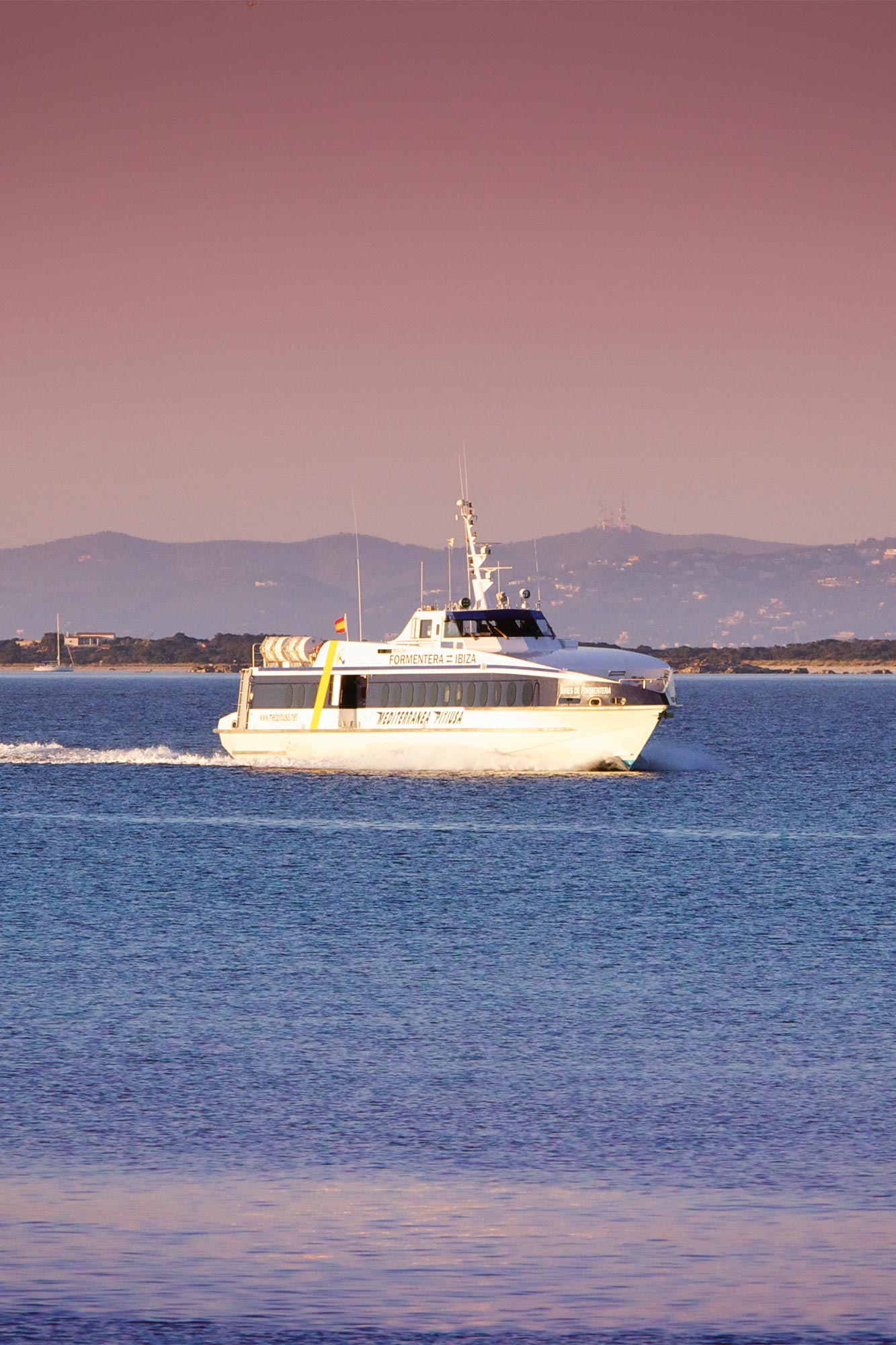Seen from above, from a balloon, the island looks like a small fairytale country. With its mountains, valleys and villages…it’s a privileged perspective”. That how is José Ramón Mancebo, director of operations at Ibiza en Globo, describes the sensation he feels when viewing the island from high up: “you see everything in a different way, there’s silence, peace and quiet and the balloon itself hardly moves. It’s an experience that, for the time being, anyone who tries it, wants to do it again”. A sense of beauty and peace on top of which you have got to add the surprise factor which is, as José Ramón points out, “the fact that balloons aren’t driven; they’re carried by the wind. That is the element that determines each and every one of our routes; we know where we are going to set out from but not where we are going to finish our outing”.
Ibiza en Globo has already been offering trips around the island for 15 years. All that experience has meant that José Ramón knows the wind—the element that controls every single balloon trip he goes on—a little better. “The best conditions to fly tend to be at dawn or on those days when there is not much wind: five or six knots is ideal. We have got to know what the wind is doing as much as possible because we depend on it; the balloon does not guide itself, it is guided by the wind. We are at its mercy and that is why it is so important to anticipate what is going to happen; several minutes before setting off, we send up a helium balloon to get an idea of what direction our balloon is going to move in”. From that point onwards, everything is expertise: high up, the wind may increase in speed, slow down or even stop. Guiding the balloon and controlling all the factors involved requires great professionalism: you’ve got to have mastery of the technique and the climatic conditions. “As well as understand that the wind is very capricious”.
Pepín Valdés, the man behind the popular kite festival ‘Posa un Estel al Cel’ goes along with this description of the wind as ‘capricious”: “That’s how it is; changeable, and for those of us who like flying kites we have to adapt ourselves to its changes”. Thanks to Pepín and all the rest of the team who collaborate in organising the kite competition every winter at the end of January, the sky above ses Variades in San Antonio has been a highly colourful sight for the last 24 years. “It’s a creative, playful festival but it’s also somewhere you can experiment because the wind varies a great deal and it always catches you out. We like to find out what the wind is capable of offering us, what is the best way we can get our kites to fly and how to improve them”. The kites—which come in a range of different shapes and sizes—seem to dance over the skies of San Antonio. In order to ensure that everything works out well, Pepín gives us some tips: “The most important thing when it comes to kites is that the ratio between resistance and weight is balanced to match whatever wind there is. If the wind is strong we need more resistant kites; if there isn’t much wind we are going to use lighter kites. And that’s precisely the secret of kite flying: analysing the moment, what the wind is like and choosing the right one. I can try to fly a kite that is too heavy for the wind that day or the other way round: I have to adapt”.

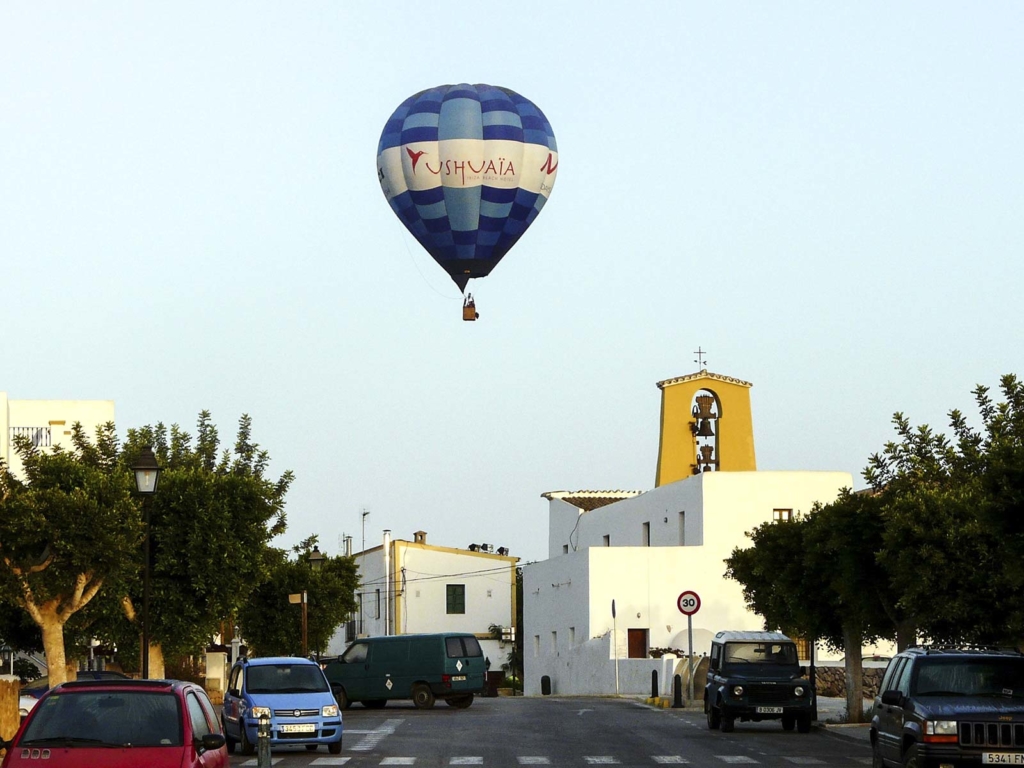

When Ibiza’s kite fans go out to fly their kites, they usually take along different kinds to suit all possible wind conditions; there are kites for force 1, 2 or 3. Once the wind is over force 5, however, it becomes too risky since a kite can become uncontrollable and may break easily. “The wind can cause a kite to break. On occasion, we simply have to postpone the festival. It’s already happened to us; having to cancel the day of the festival on account of bad conditions. That’s how it is with the wind”. Nevertheless, for kites the wind is not always essential. As Valdés explains to us, nowadays there are kites that can be flown with little or no wind: “It’s all very experimental; they can be flown in forests or closed sports halls. They gain altitude by means of movement. There are really creative experiments and very beautiful artistic styles. It’s still not very well known, but it does exist”.
José Ramón and Pepín both agree that winter time is a great time of year for both going up in a balloon and flying kites. “Even better than in the summer time”, says José Ramón. “In the winter, ballooning is better in Ibiza because it is colder and the balloon needs less heat to go up, you use less propane, less energy, the fabric does not get damaged so much and there is less mist and fog in the atmosphere…so the horizon is clearer. Some days from the centre of the island you can see Majorca and the mainland”.
And in Ibiza: are we living somewhere special as far as the wind is concerned? “In Ibiza, in particular, we have a good spot for kite fliers because the difference in pressure between the water and the land means that wind is always being produced. The important thing is that for us the sea wind is easy to access and that is why there are such great places for us kite lovers as ses Variades, Playa d’en Bossa, cala Codolar…although we aren’t allowed to fly over by the airport…”, Valdés points out. José Ramón adds to this: “since we are authorised to fly by the Department of Civil Aviation those of us who fly balloons have the same rights and obligations as all aircraft and that means you have got to use your common sense. We cannot fly close to the airport but, in the event that the wind carries us towards the airport, we are given priority because we are incapable of manoeuvring”.
The wind shakes the leaves on the trees, moves the blades of the windmills and causes flags to flutter, it helps boats to sail, brings us a refreshing breeze in the summer, messes up the hairstyle we have spent ages preparing before going to an event, makes kites dance and guides hot air balloons. And, what is more, the wind is an in exhaustible source of alternative energy with a massive range of possibilities. “It’s a really interesting source of energy and one that is being researched a great deal. It is a clean form of energy for the future and we should find out more about it”, Valdés remarks.
“When we go up in a balloon, we are dependent on what the wind does”, José Ramón concludes. “However, in the end I believe that one way or another we control it. It may not be much, but experience and expertise go hand in hand and now we know how it behaves. And that is the reason they call us ‘wind riders”.

